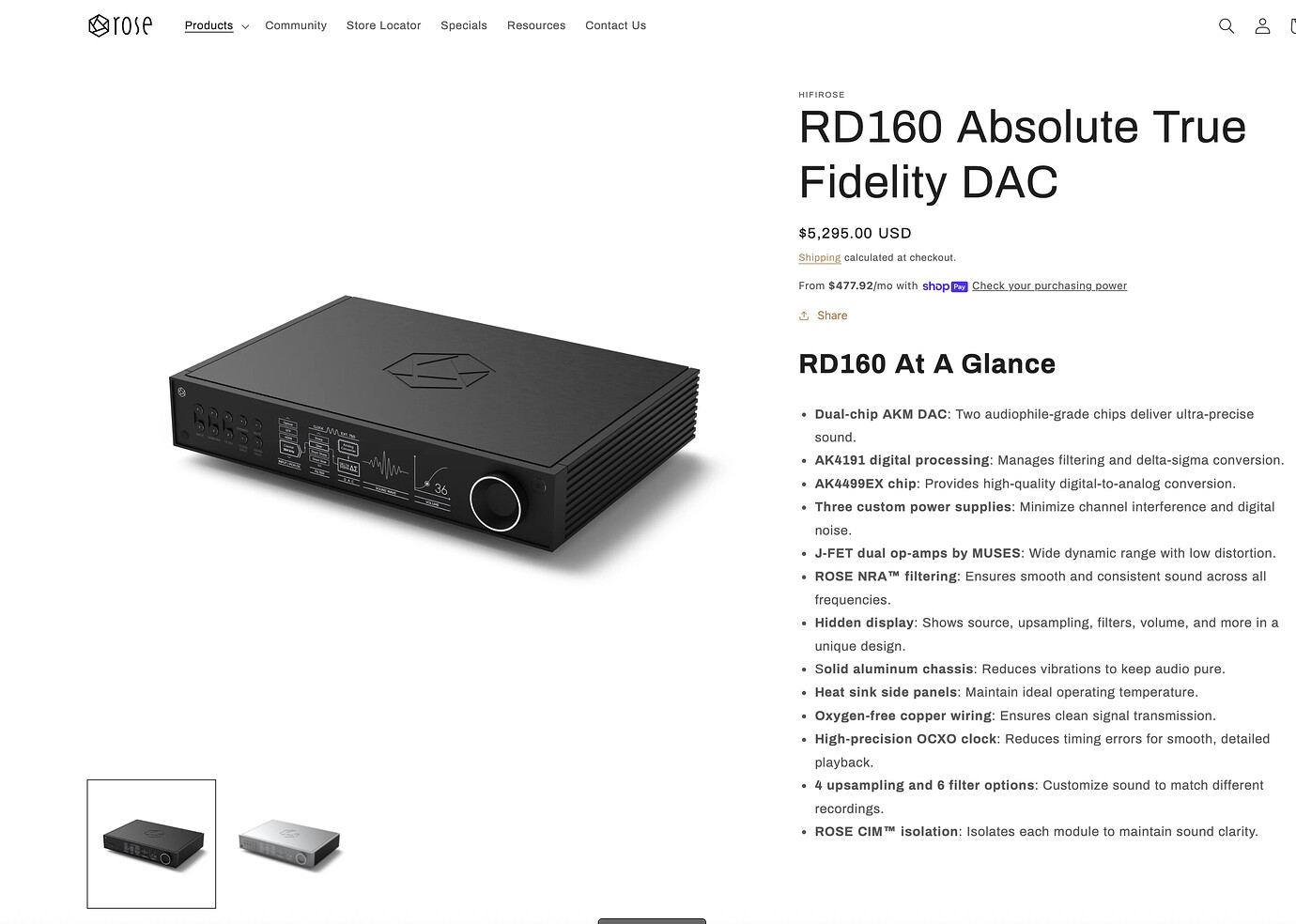Notice Regarding OPAMP Changes in RD160
The RD160 is HiFi Rose’s flagship DAC product, and during its initial design phase, MUSE-brand OPAMPs were used throughout the entire analog circuitry to ensure the highest audio fidelity. However, following the start of mass production, we experienced persistent supply stability issues with MUSE OPAMPs. Due to their limited production volume and restricted distribution channels, it became increasingly difficult to secure the necessary quantities at the required times. This situation posed ongoing challenges to the stable manufacturing and supply of the RD160.
In response, the HiFi Rose R&D team conducted several months of rigorous testing and evaluation to identify alternative solutions that would maintain the same audio specifications, sound quality, and tonal characteristics as the original models, while also improving the availability of key components. As a result, from the 2025 production batch onward, certain non-critical sections of the circuitry—specifically the buffer stages—have transitioned from MUSE OPAMPs to Texas Instruments’ LM4562. The LM4562 is a high-performance OPAMP known for its low noise and excellent linearity, and has been thoroughly validated as a reliable and acoustically transparent substitute.
Crucially, OPAMPs used in the core audio signal path—those that directly affect the sound character—remain unchanged and continue to utilize MUSE components. This ensures that the distinctive sound signature of the RD160, as expected by our users, remains fully intact.
This change was made to strike a careful balance between audio performance and production reliability, while ensuring long-term sustainability of the RD160 product line. We remain committed to delivering the finest audio experience possible and will continue to pursue research and quality improvements with unwavering dedication.









